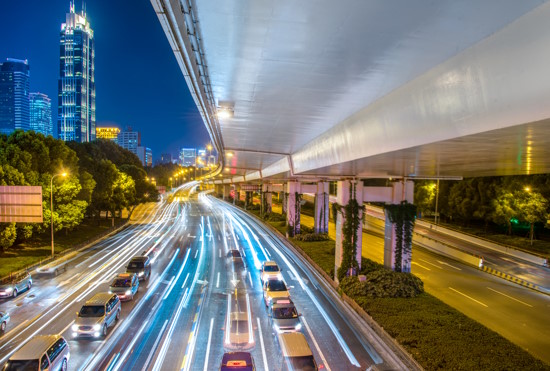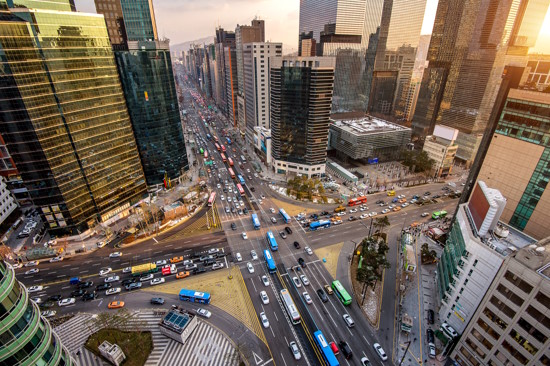Public transportation is an indispensable part of modern life for many. Not only does it provide a convenient and affordable way to get around town, but did you know that it also has an immense environmental effect? In this article, we’ll take a closer look at this impact and examine ways that you can help reduce its negative consequences.
The Environmental Benefits of Public Transportation
Public transportation has several positive effects on the environment. It helps reduce greenhouse gas emissions by 95% compared to driving alone, thus helping combat climate change and improving air quality at the same time. According to data compiled by the American Public Transportation Association, taking public transportation produces 95% less carbon dioxide per passenger mile than driving alone does. This reduction helps combat global warming while improving air quality as well.
Public transportation not only reduces emissions, but it can also conserve natural resources. For instance, taking the bus or train instead of driving helps to reduce demand for oil – a finite resource – while decreasing land needed for parking lots and highways, thus protecting natural habitats.

The Negative Environmental Effects of Public Transportation
Public transportation has both positive and negative environmental effects. One major contributor to this negative impact is its use of fossil fuels; most public transportation vehicles run on diesel or gasoline which emit emissions such as carbon dioxide and nitrogen oxides that contribute to climate change and air pollution with potentially detrimental effects on human health.
Another negative consequence of public transportation is noise pollution. Trains and buses, especially in densely populated urban areas, can be quite noisy. This disruption to wildlife habitats as well as stressing out humans with stress-related health issues.
Finally, public transportation can have an effect on land use. Constructing and maintaining transportation infrastructure such as bus/train stations, tracks, and highways often necessitates the destruction of natural habitats like forests or wetlands.
How to Reduce the Environmental Impact of Public Transportation
Fortunately, there are several steps individuals can take to help minimize the negative environmental effects caused by public transportation. Here are a few examples:
Opt for more eco-friendly transportation options. Some public transportation methods are cleaner than others; electric buses in particular produce zero emissions and are becoming increasingly commonplace in many cities. Furthermore, walking or biking instead of taking public transportation can be even greener – especially when making short trips.
Advocate for Environmentally Conscious Policies. If you’re worried about the environmental effects of public transportation in your community, there are steps you can take to make a difference. Reach out to local elected officials and express your worries; attend public meetings where you can show support for policies like increasing funding for electric buses or improving bike infrastructure.
Reduce Your Personal Carbon Footprint. Although public transportation is more eco-friendly than driving alone, it’s still essential to be conscious of your own impact on the planet. You can do this by investing in energy-efficient appliances, limiting single-use plastics usage, and switching to a plant-based diet for healthier eating choices.

FAQ’s
How Does Public Transportation Impact the Environment?
Public transportation has both positive and negative effects on the environment. On one hand, it helps reduce greenhouse gas emissions and conserve natural resources; however, on the other hand, it produces emissions, noise pollution, and contributes to habitat destruction.
What are the primary factors responsible for public transportation’s negative environmental effects?
Public transportation has a significant environmental cost due to its use of fossil fuels, which produces emissions such as carbon dioxide and nitrogen oxides, along with land use changes which may require the destruction of natural habitats.
Can public transportation be more environmentally friendly than personal vehicles?
Yes, public transportation is generally more eco-friendly than driving yourself because it produces fewer emissions per passenger mile. However, the exact impact on the environment depends on the mode of transport, fuel type and system efficiency.
How can individuals help reduce the negative environmental effects of public transportation?
Individuals can help reduce the negative environmental effects of public transportation by selecting more eco-friendly options, advocating for policies that promote sustainability, and reducing their personal carbon footprint.
What are some eco-friendly transportation options?
Electric buses, bikes and walking are all excellent eco-friendly transport choices. Electric buses produce zero emissions while biking and walking produce none at all. Furthermore, carpooling or ridesharing may be more eco-friendly than driving alone.
How can I promote environmentally-friendly transportation policies in my community?
You can advocate for environmentally friendly transportation policies by reaching out to your local elected officials and attending public meetings. Alternatively, join local advocacy groups that focus on transportation issues.
What are some personal actions I can take to reduce my carbon footprint?
You can reduce your environmental impact by choosing energy-efficient appliances, limiting single-use plastics usage, eating a plant-based diet and taking public or eco-friendly transportation whenever possible.
Conclusion
Public transportation has an immense effect on the environment, both positive and negative. While it can help reduce greenhouse gas emissions and conserve natural resources, it also contributes to emissions, noise pollution, and land use changes. Fortunately, individuals can take several steps to minimize this negative impact of public transportation by choosing more eco-friendly options
